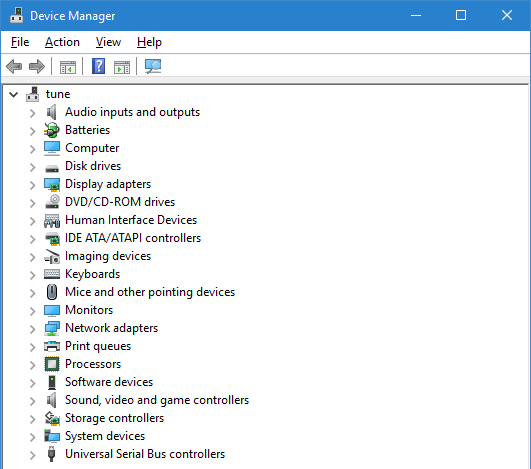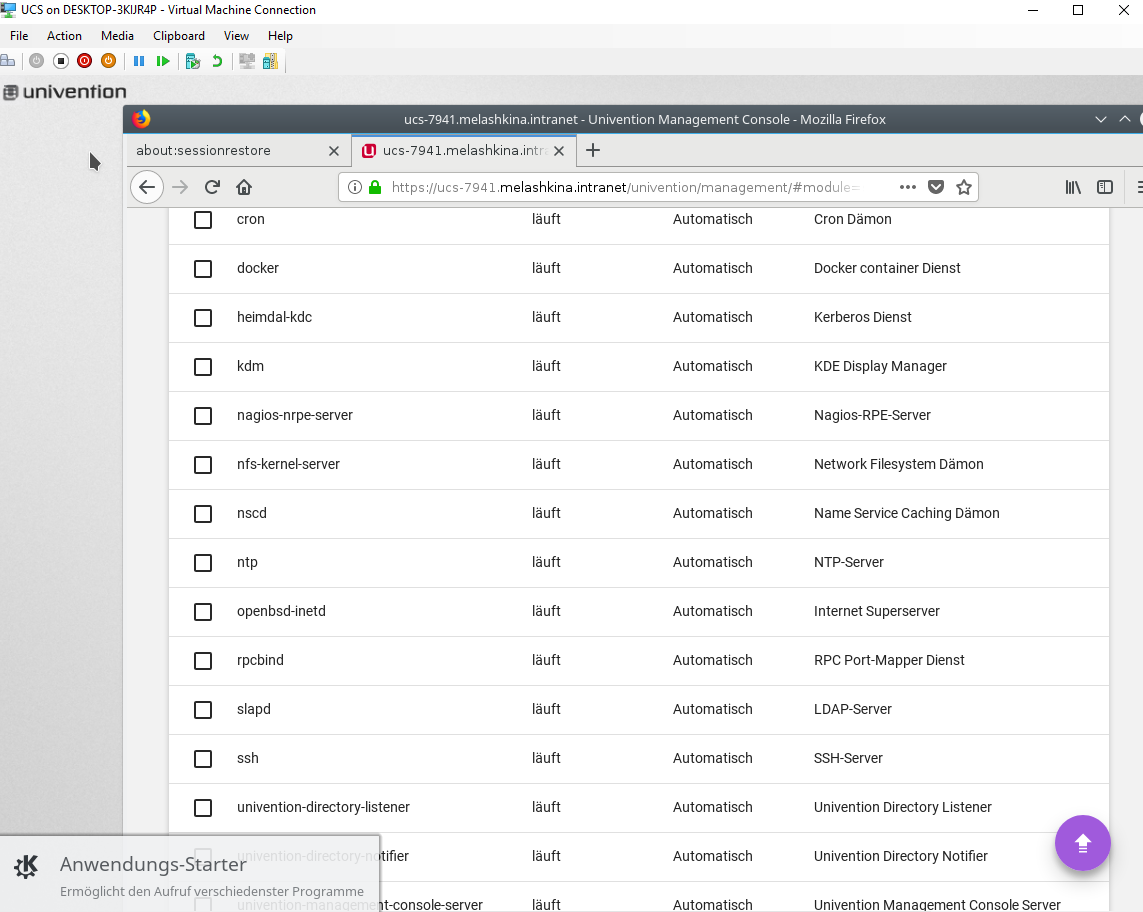
#Best free virtual machine manager windows 10 keygen#

In today’s virtual environment, IT admins are expected to quickly provision new servers anywhere within the network infrastructure to service business requirements. You can convert even VMware virtual machines to VHDs with an intuitive wizard for a quick and hassle-free virtual-to-virtual (V2V) conversion. It is a slow, problem-prone, and time-consuming task where you have to stop the working of the physical server during this conversion.īut with VMM, these conversions are a breeze, thanks to the P2V conversion feature. Quick conversionsĪsk any IT admin, and the biggest hassle will be converting a physical machine to a virtual one. All these maximize the performance of existing resources, so you can get more value for your investments. The Virtual Machine Manager assesses and consolidates workloads, frees up physical resources for repurposing, and handles the space, electrical, and cooling requirements of the datacenters. Maximizes performanceĭatacenters are estimated to work at around 5 percent to 15 percent of their CPU capacity due to a host of reasons. VMM’s Performance and Resource Optimization (PRO) enables the dynamic management of virtual resources, so you can take remedial actions for poor performance or hardware failures right away to ensure the operations are not affected in any way. It even comes with many unique features, such as support for VMotion to move a virtual computer from one physical host to another and Intelligent Placement for dynamically decide the right physical host. This means administrators can use this single console to manage multiple virtualization platforms used in their organization. One of the biggest advantages of VMM is its support for other virtualization environments as well. Here are some of the benefits of a Virtual Machine Manager. It supports the following operating systems. These are the minimum requirements needed to leverage its functionality. Microsoft has come with a set of specifications for using its VMM. You can control these machines through the VMM console and can make changes to the underlying network or storage fabric at any time.Īs an IT admin, you can do a whole lot of things through the console, such as provisioning new VMs, moving VMs from one server to another, modifying network services, increasing resources, and just about anything else to keep the devices online and to ensure they work smoothly. How does a Virtual Machine Manager work?īefore we get started, know that Microsoft’s VMM also supports ESXi and vCenter, so you can manage the entire virtual manager infrastructure through a single console.Ĭonsisting of a server, database, and a library, the VMM catalogs all the virtual machines through a networking and storage fabric to centrally manage them all.


Now that you have an idea of what a Virtual Machine Manager is, let’s take a brief look into its working. In other words, it completely manages the operations of a virtual environment through a centralized interface that provides the status, availability, and performance of the VMs.Īlso known as a hypervisor, VMM facilitates unified management across different environments, operating systems, servers, storage systems, and applications. And that’s where you need a Virtual Machine Manager (VMM).Ī Virtual Machine Manager, or VMM for short, is a program that creates, manages, and governs virtual machines. While this trend is likely to provide a big jump in productivity coupled with a decrease in costs, the real challenge is to manage your virtual environment well, to realize these benefits. This trend is expected to continue and even see phenomenal growth over the next few years. According to a report by Spiceworks, more than 92 percent of businesses use server virtualization, followed by storage, application, desktop, data, and network virtualizations. Virtualization has become the norm in IT today.


 0 kommentar(er)
0 kommentar(er)
